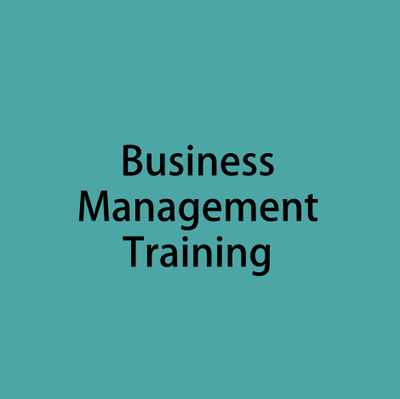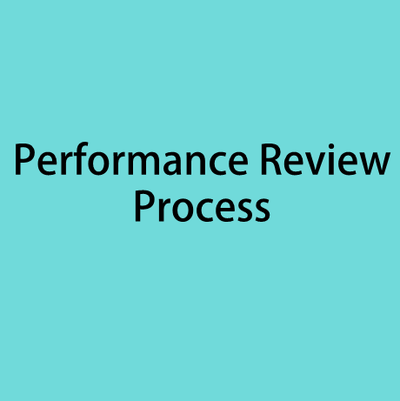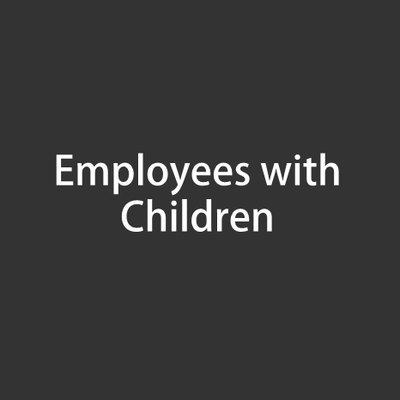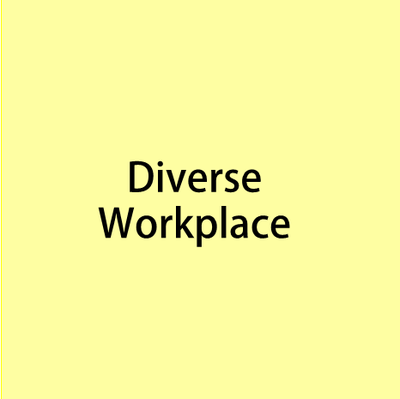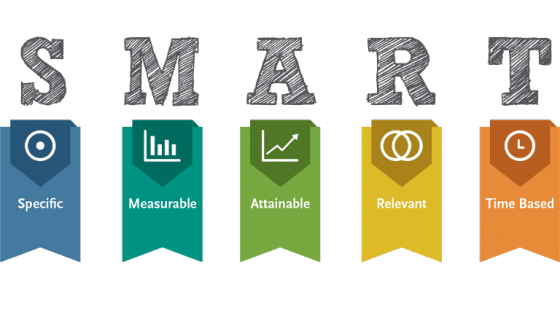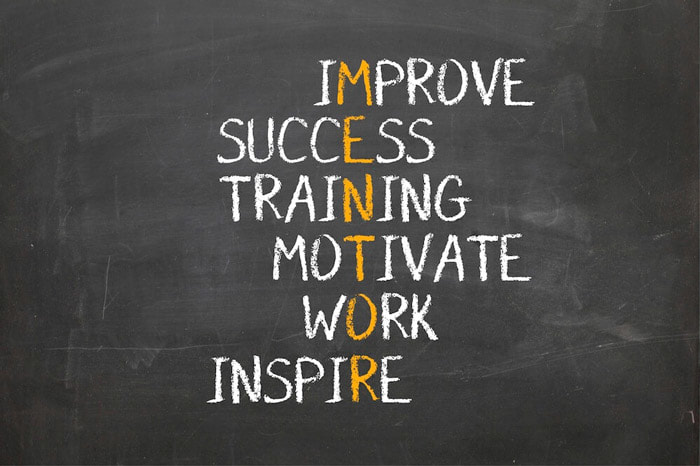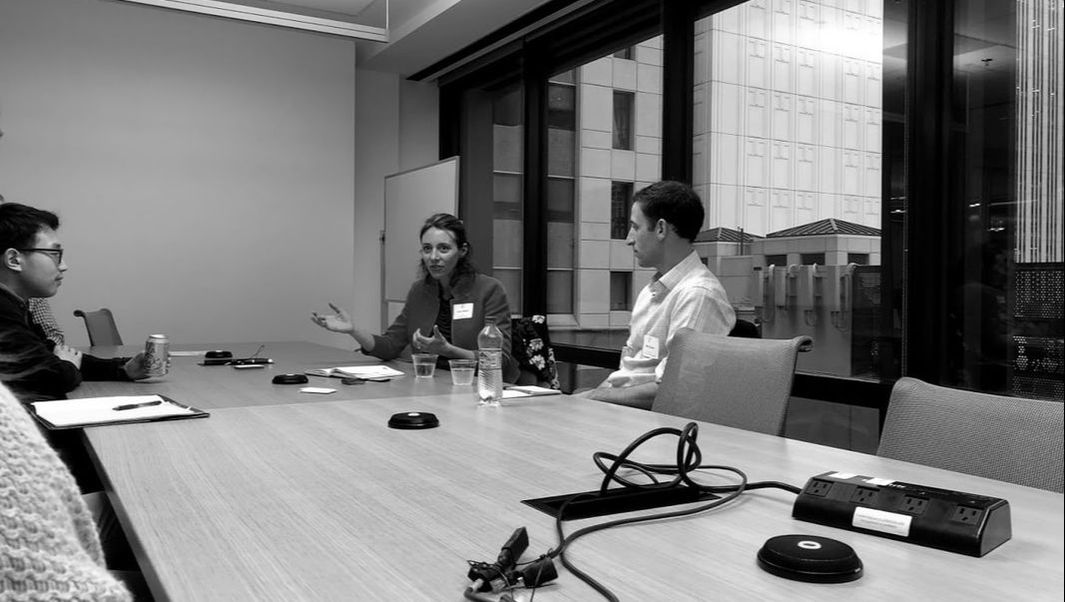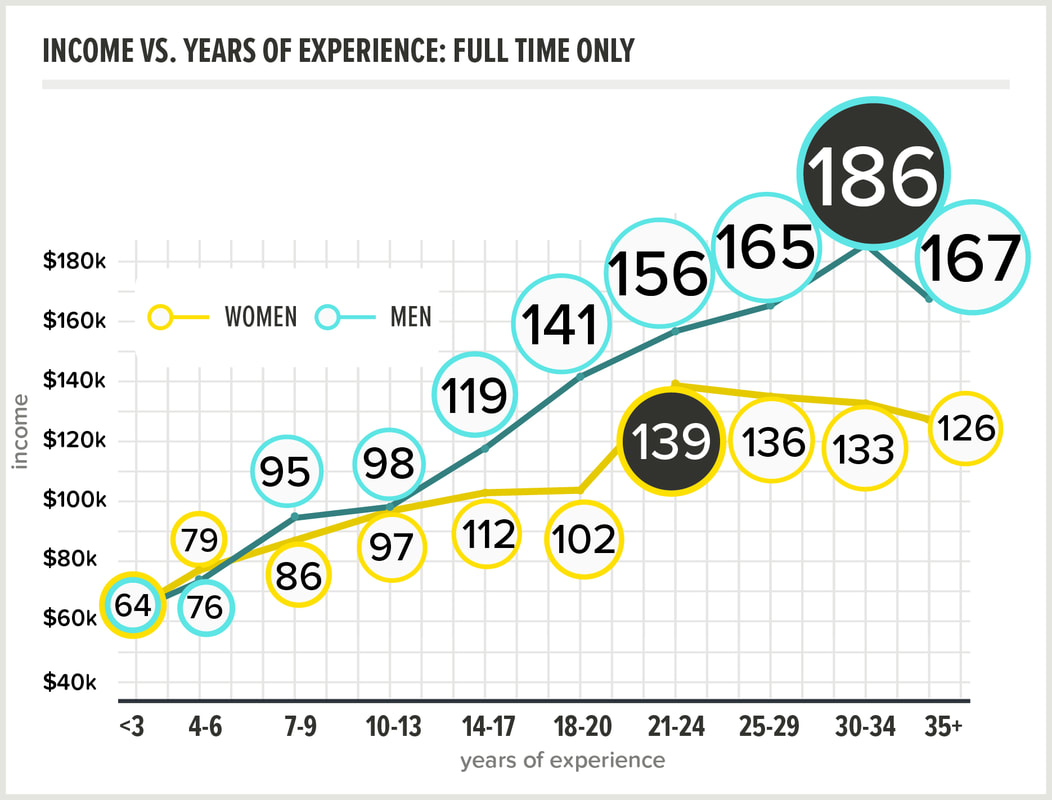SE3 Best Practices
Findings from the 2016 survey on engagement and equity in the structural engineering profession indicated that there are a variety of areas where significant improvements are needed in our profession. These areas include career development, transparency in pay and benefits, and work-life balance. Publishing the results of the survey is important to bring awareness to the current situation in our field of practice. However, the task of the SE3 committee is to go a step further and recommend best practices for achieving the goal of engagement and equity for all. The Best Practices Resource Guide provides a collection of actionable steps that can be taken by engineers at all levels, from entry level to principals, to move toward this goal.


